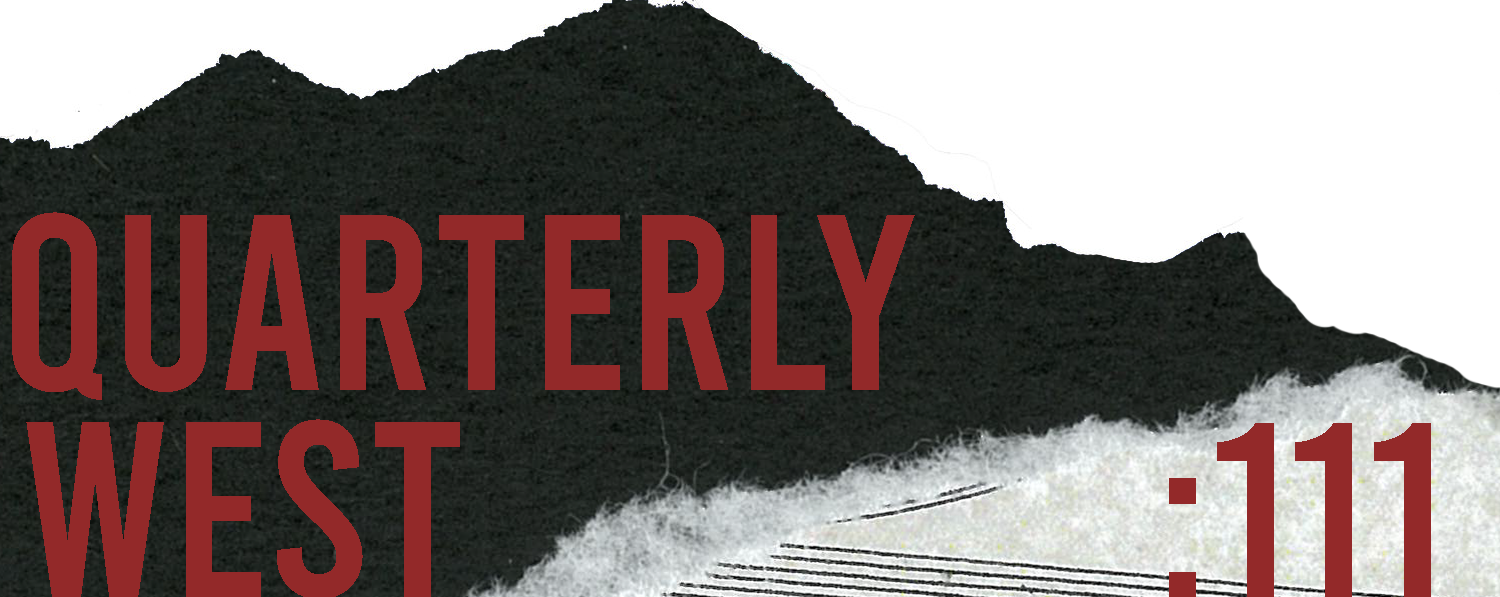20,
by Jennifer Roche
Alternating Current, 2020
Review by Alex Carrigan
For over 150 years, Jules Verne’s 20,000 Leagues Under the Sea has been held as a model of science-fiction, marine fiction and serial adventure tales. The story of three men who end up on the enormous submarine Nautilus and travel the world with the enigmatic Captain Nemo has intrigued readers for its ideas about what the world beneath the sea looks like, as well as its examination of humans with unchecked power and the dangers of new technology. While the book has achieved worldwide recognition and acclaim, it’s important to note exactly what in this tale still holds up today, and how a reexamination of the tale through a poetic lens may show its resonance.
20, is the newest poetry chapbook by Jennifer Roche. Roche’s book is a series of erasure poems that remove whole lines and paragraphs of Verne’s writing to create new, short poems. These poems take the late 19th-century context and description of Verne’s book and provide a new 21st-century lens for how we view people, the ocean, animals and more. Included with the chapbook are a series of quadtychs by Hosho McCreesh paired with each poem, each a piece of some image relating to the source material and Roche’s new poetry.
What makes 20, such an interesting collection is that it makes Verne’s novel feel accessible. Odds are anyone reading 20, has not read 20,000 Leagues Under the Sea, and while 20, may no longer tell the story directly, it’s interesting how the poems convey some of Verne’s themes and ideas. For example, the poem “Whiteness” comes from a passage in the novel describing a group of Verne’s characters in a confined setting. Roche’s erasure turns a descriptive passage about the setting and ties back to the themes of isolation, writing “I / , unpolished, / , knife in hand, / stood on the defensive. / said I; we are still in the dark about ourselves.” (Pg. 23) This continues in other pieces like “Locked Up,” which reads “You must be allow yourself to be locked up / in thought and / strange / reverie…” (Pg. 33)
Some other poems take the 19th century text and recontextualize it to a modern setting in interesting ways. In 20,000 Leagues Under the Sea, there is an offhand mention of a Sandy Hook Point when the protagonists leave New York on the Abraham Lincoln. Because this section has numerous mentions of America and American symbols, Roche is able to erase it into a piece that calls to mind the Sandy Hook massacre. These include lines like “by three times lowering and / raising the American flag, / Sandy Hook / skirted / The dark waters of the / soul…” (Pg. 19) Even the first ship being named Abraham Lincoln has added historical examination. When Verne wrote his book, the Civil War had only been over for a few years, but Roche’s erasure poems look at the American president, his image, and how history has treated him in poems like “A Venture (America)” and “At Full Steam (Abraham Lincoln).”
Roche’s poems in 20, feels like a plunder into the depth of Verne’s work and legacy. With the aid of McCreesh’s haunting and mysterious quadtychs, the poems uncover the staying power of 20,000 Leagues Under the Sea and how marine and science fiction can continue to have an impact on current and past social and political matters. By harpooning exact words and phrases, Roche’s collection is a fantastic work to drift away with. The brevity of the poems have incredible impact and an unpredictability that rivals the sea.
